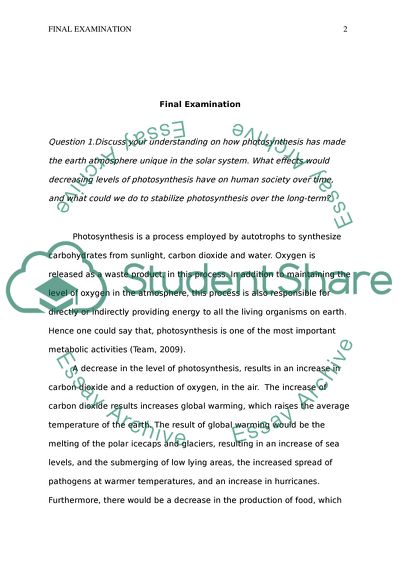Cite this document
(Photosynthesis and Soil Forming Factors Assignment - 1, n.d.)
Photosynthesis and Soil Forming Factors Assignment - 1. https://studentshare.org/geography/1739070-final-exam
Photosynthesis and Soil Forming Factors Assignment - 1. https://studentshare.org/geography/1739070-final-exam
(Photosynthesis and Soil Forming Factors Assignment - 1)
Photosynthesis and Soil Forming Factors Assignment - 1. https://studentshare.org/geography/1739070-final-exam.
Photosynthesis and Soil Forming Factors Assignment - 1. https://studentshare.org/geography/1739070-final-exam.
“Photosynthesis and Soil Forming Factors Assignment - 1”. https://studentshare.org/geography/1739070-final-exam.


